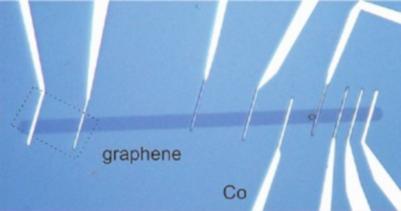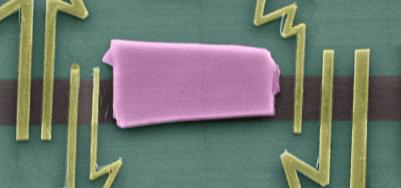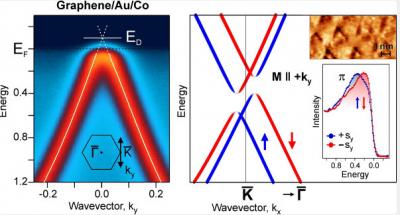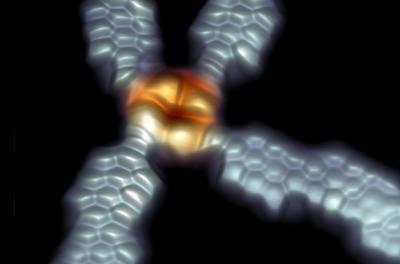Researchers create a graphene-based 2D spin transistor
Researchers from the University of Groningen developed a two-dimensional spin transistor, in which spin currents were generated by an electric current through graphene. The device also include a monolayer transition metal dichalcogenide (TMD) that is placed on the graphene to induce charge-to-spin conversion.
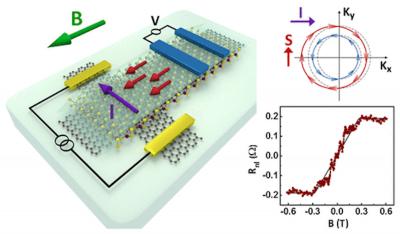
Graphene is an excellent spin transporter, but spin-orbit coupling is required to create or manipulate spins. The interaction is weak in the graphene carbon atoms, but now the researchers have shown that adding the TMD layer increases the spin-orbit coupling.
